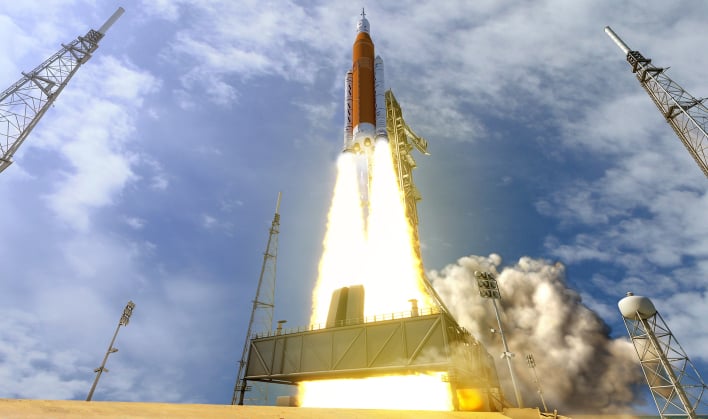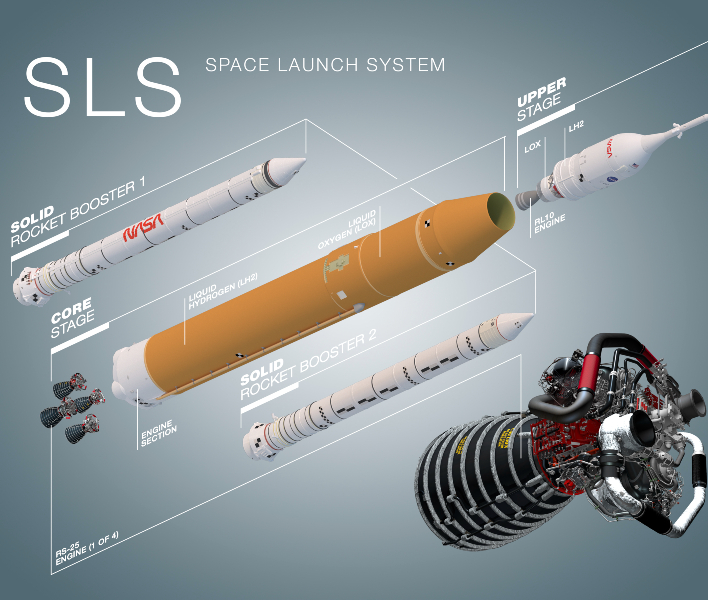NASA Offers To Fly Your Name Around The Moon On Its Artemis 1 Rocket For Free

The Artemis program looks to return human boots back to the surface of the Moon, and eventually even further into space. Future missions will include the first person of color and woman to step foot on the lunar surface. But before that happens, the first un-crewed mission will make a test run around the Moon, and NASA wants you to be a part of it.
Artemis 1 will launch on the most powerful rocket in the world and is slated to fly farther into space than any other spacecraft built for humans ever before. The Space Launch System (SLS) will utilize four RS-25 engines that will burn 735,000 gallons of liquid propellant in order to create two million pounds of thrust, as the twin rocket boosters burn more than two million pounds of solid propellant to create more than seven million pounds of thrust. All of this power is needed to propel the 5.75 million pound rocket off the launch pad at Kennedy Space Center in Florida.
Once the SLS loses the weight of its first stage propulsion and fuel, more power is still needed in order to send the Orion spacecraft to the Moon. As the upper part of the rocket and Orion soar nearly 100 miles above Earth, it will be traveling at more than 17,500 mph and beginning its circular orbit around Earth. Before it completes its first complete orbit of Earth in low earth orbit (LEO), a key maneuver called a trans-lunar injection (TLI) will make it possible to send Orion 280,000 miles beyond Earth and 40,000 miles beyond the Moon. The TLI maneuver will begin as the upper part of the rocket fires one RL 10 engine producing 24,750 pounds of thrust to accelerate the vehicle to more than 24,500 miles per hour, a velocity needed to escape Earth's gravity and propel Orion out of LEO.

The Artemis 1 mission will be used to test critical systems in the environment of deep space, and prepare for future manned missions. The tests will take place so far away from Earth, that global positioning systems (GPS) that many use on Earth will not work. Finally, Orion will undergo perhaps the most critical test, as it re-enters the Earth's atmosphere and be subjected to temperatures as high as 5,000 degrees Fahrenheit.
If you would like to take part in this historic mission and have your name aboard the Orion spacecraft, the process is fairly simple. You will need to visit NASA's website and sign up with your name and a 4-7 digit pin code. Once you complete that, your name will be added to a flash drive that will fly aboard Artemis 1.

